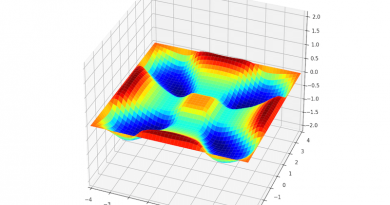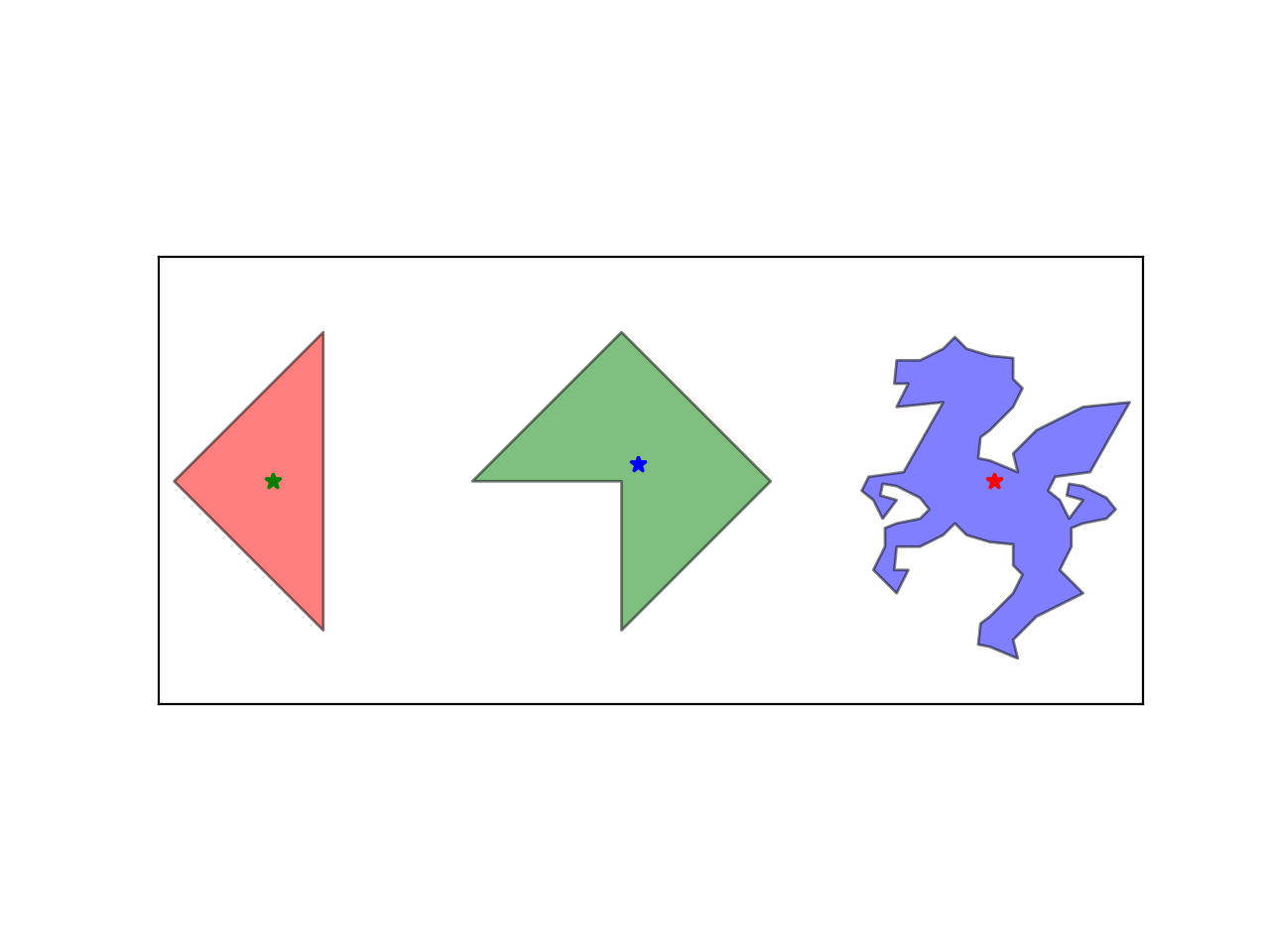FEM: Methods for the weak imposition of boundary condition
Introduction
Consider second-order elliptic equation\[ \begin{align*} -\nabla\cdot \nabla u &=f,\ \ \quad \text{in}\ \Omega, \\ u&=g,\quad \text{on}\ \Gamma, \end{align*}\]where \(\Omega \subset \mathbb{R}^d,d=2,3\) is bounded Lipschitz domain with boundary \(\Gamma\).
The weak formulation is to find \(u \in H^1(\Omega)\) such that \(u=g\) on \(\Gamma\) and\[ (\nabla u, \nabla v) = (f,v) \quad \forall v \in H^1_0(\Omega).\]
Let \(\mathcal{T}_h, h\to 0\) be a sequence of regular triangulations of \(\Omega\). Define finite element space to be\[ V_h:= \left\{ v \in H^1(\Omega):\ v_{|K} \in \mathbb{P}_k(K) \ \forall K \in \mathcal{T}_h \right\}\]with \(V_h^0\) be the subspace of \(V_h\) equaling to zero on the domain boundary.
Algorithm 1. The classical FEM is to find \(u_h \in V_h\) such that \(u_h = g\) on \(\Gamma\) and\[ (\nabla u_h, \nabla v ) = (f,v)\quad \forall v \in V_h^0.\]
Algorithm 1 is to impose boundary conditions strongly. There are ways to weakly impose the Dirichlet boundary condition: penalty method, Lagrange multiplier method, Nitsche’s methods, etc.
Penalty method
The penalty method was proposed by Ivo M. Babuška (1926-2023, [5]) in 1973 [1].
Algorithm 2. Find \(u_h \in V_h\) such that\[ (\nabla u_h, \nabla v ) + h^{-\alpha}(u,v)_{\Gamma} = (f,v)+ h^{-\alpha}(g,v)_{\Gamma}\quad \forall v \in V_h.\]
If solution \(u\) is sufficiently smooth, Algorithm 2 converges optimally at \(O(h^k+h^{\alpha/2})\) provided by \(\alpha=2k\). The large penalty parameter \(\alpha\) could lead to an ill-conditioned system.
Lagrange multiplier method
Let \(\Lambda_h\) be the restriction of \(V_h\) on \(\Gamma\).
Algorithm 3 [2]. Find \(u_h \in V_h\) and \(\lambda_h \in \Lambda_h\) such that\[ (\nabla u_h, \nabla v ) – (\lambda_h,v)_{\Gamma} = (f,v)\quad \forall v \in V_h,\\ (\mu,u_h)+ h^{\alpha}(\mu,\lambda_h)_{\Gamma} = (\mu,g)_{\Gamma}\quad \forall \mu \in \Lambda_h,\]where \(\lambda_h = -h^{-\alpha}(u-g)\).
Nitsche’s method
Algorithm 4 [3]. Find \(u_h \in V_h\) such that\[ (\nabla u_h, \nabla v ) -(\nabla u_h\cdot n,v)_\Gamma-(u_h, \nabla v\cdot n)_\Gamma+ h^{-1}(u,v)_{\Gamma} \\ = (f,v)-(g, \nabla v\cdot n)_\Gamma+ h^{-1}(g,v)_{\Gamma}\quad \forall v \in V_h.\]
Compared to Algorithm 2, Nitsche’s method needs no over-penalty \(\alpha\) to guarantee optimal convergence.
A Nitsche-type method
Algorithm 5 [4]. Find \(u_h \in V_h\) such that\[ (\nabla u_h, \nabla v ) -(\nabla u_h\cdot n,v)_\Gamma+(u_h, \nabla v\cdot n)_\Gamma \\ = (f,v)+(g, \nabla v\cdot n)_\Gamma \quad \forall v \in V_h.\]
Compared to Algorithm 4, this Nitsche-type method is still stable and convergent without the penalty term; however, the discrete system is not symmetric.
References
[1] I. Babuška, The finite element method with penalty, Math. Comp. 27 (122) (1973) 221–228.
[2] I. Babuška, “The finite element method with Lagrangian multipliers,” Numer. Math., vol. 20, no. 3, pp. 179–192, Jun. 1973, doi: 10.1007/BF01436561.
[3] J. Nitsche, “Über ein Variationsprinzip zur Lösung von Dirichlet-Problemen bei Verwendung von Teilräumen, die keinen Randbedingungen unterworfen sind,” Abh.Math.Semin.Univ.Hambg., vol. 36, no. 1, pp. 9–15, Jul. 1971, doi: 10.1007/BF02995904.
[4] E. Burman, “A penalty-free nonsymmetric Nitsche-type method for the weak imposition of boundary conditions,” SIAM J. Numer. Anal., vol. 50, no. 4, pp. 1959–1981, Jan. 2012, doi: 10.1137/10081784X.
[5] Ivo Babuška, Mathematician Known for Finite Element Method Breakthroughs, Dies at 97.

